We may earn money or products from the companies mentioned in this post. This means if you click on the link and purchase the item, I will receive a small commission at no extra cost to you ... you're just helping re-supply our family's travel fund.
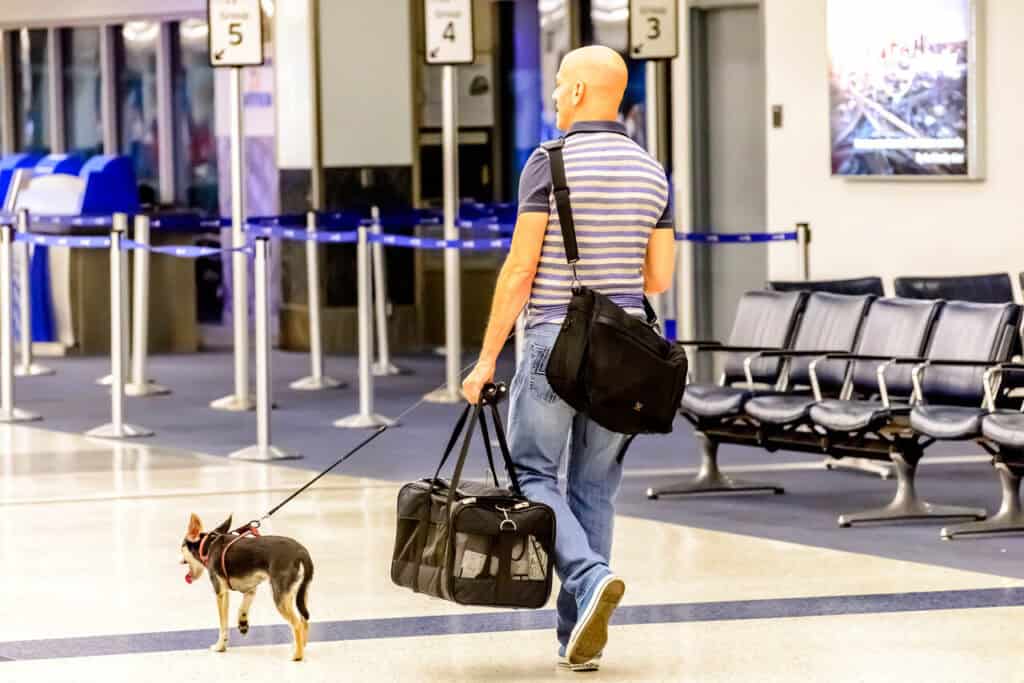
Traveling with pets is smoother with a bit of planning. Prioritize updated ID tags, microchips, and keeping health documents such as proof of vaccinations-handy. Pack a dedicated pet kit with food, water, medications, and comfort toys. Use a secure carrier or harness, and never let pets roam freely or leave them in a parked car. Take regular breaks on road trips, keep routines consistent, and ease pets into travel gradually. Research pet-friendly lodging and check airline or destination rules in advance. A current photo of your pet can help if they get lost, while travel labels on carriers add backup safety. For flights, book direct when possible, arrive early, and let staff know about your pet in cargo. Maintaining familiar feeding schedules, bringing favorite bedding, and using calming aids can all make the journey less stressful.
1. Schedule a Vet Check Before You Go
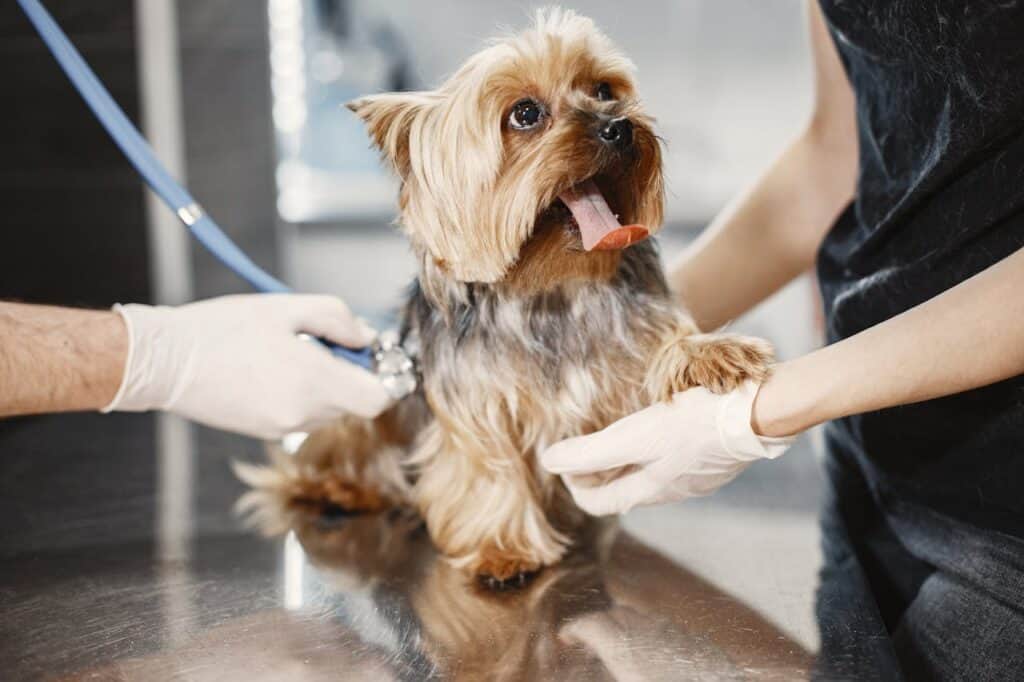
A health check before you travel is crucial. Your vet can confirm your pet is fit for the trip, update vaccinations, and provide any medications you might need. Some airlines and hotels require recent health certificates, so scheduling this appointment in advance saves last-minute stress. It’s also a good time to discuss potential issues like anxiety or motion sickness. With a clean bill of health and the right meds, you travel knowing your pet is safe and ready for the journey ahead.
2. Gather All Travel Documents
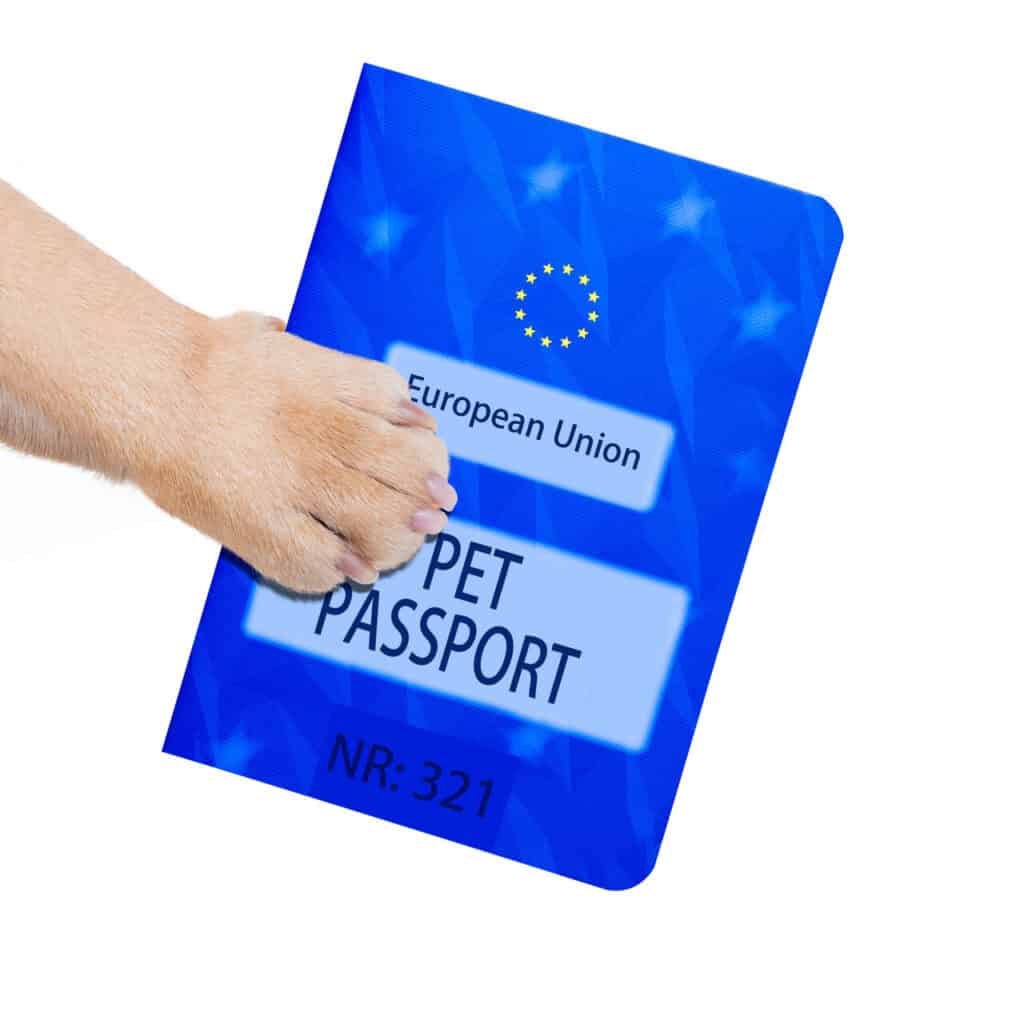
When traveling with pets, paperwork matters more than you might expect. Airlines, trains, and even some state borders require proof of vaccinations or health certificates issued within a specific time frame. Keep copies of your pet’s records in a travel folder and store digital backups on your phone. Having everything organized avoids delays and prevents unnecessary complications. Think of it as a passport for your pet; it shows they’re healthy, safe, and cleared for travel.
3. Choose the Right Carrier or Crate
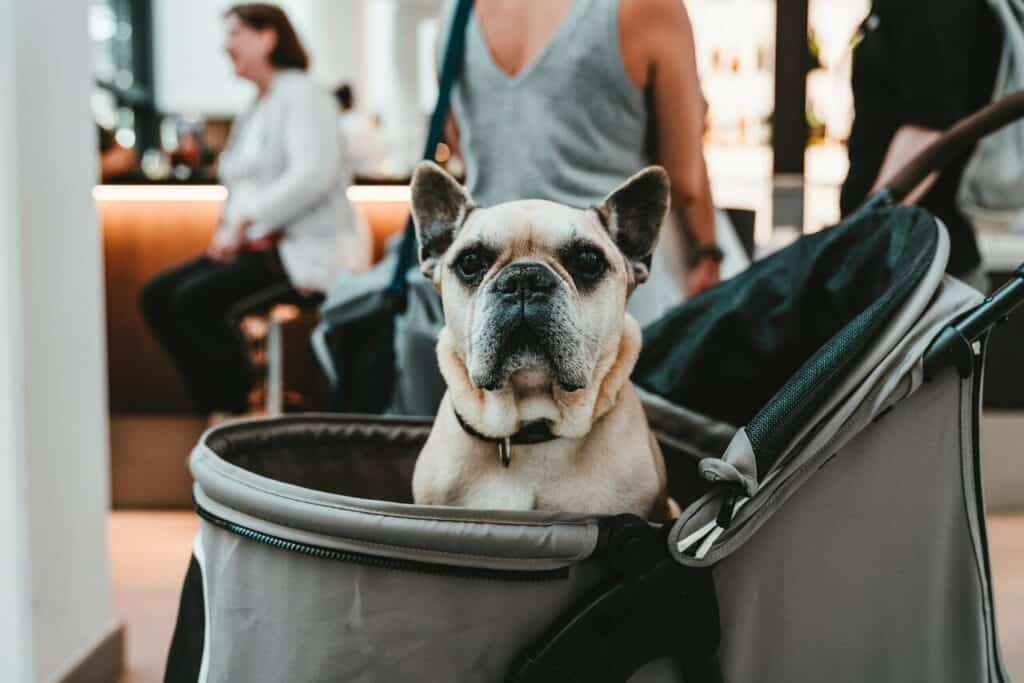
A secure carrier or crate is one of the most important travel investments you can make. It should be large enough for your pet to stand, turn around, and lie down comfortably, but not so big that they slide around. Look for airline-approved models if you’re flying. Ventilation, durability, and secure latches are non-negotiable. Let your pet get used to the crate at home before you leave, so it feels like a safe, familiar space when the trip begins.
4. Pack Essentials in a Pet Travel Bag
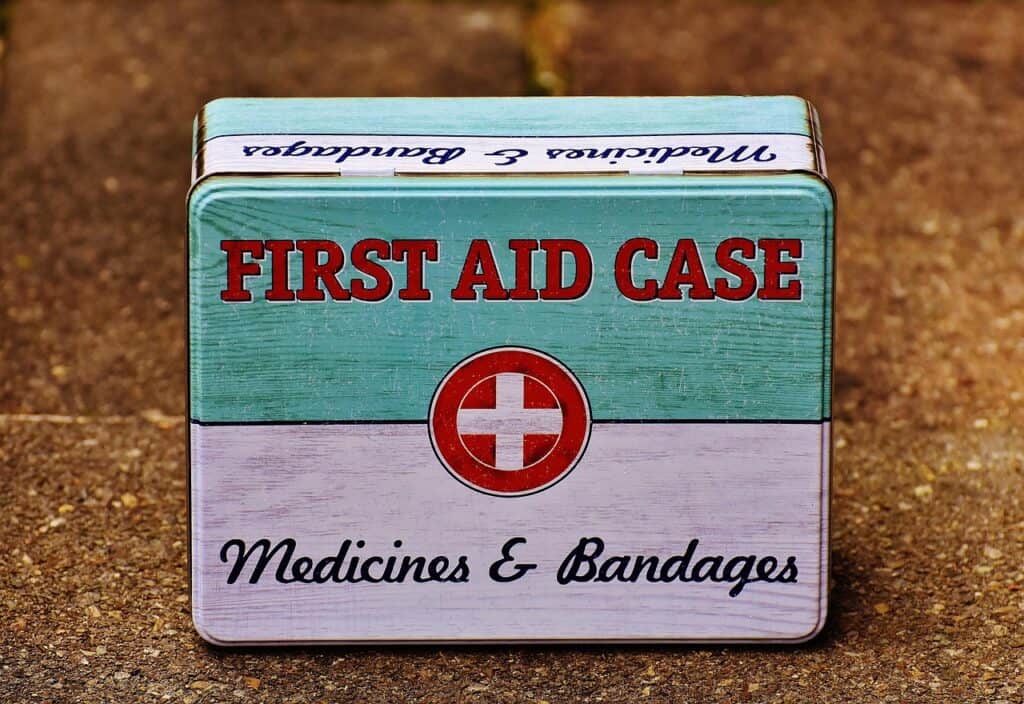
Packing for your pet is just as important as packing for yourself. Bring food, water, collapsible bowls, medications, waste bags, and comfort items like blankets or toys. Include a small first-aid kit with bandages, antiseptic wipes, and any specific supplies your vet recommends. Having these items organized in one bag makes them easy to grab when needed, especially during rest stops or hotel check-ins. Being prepared prevents unnecessary stress during unexpected delays.
5. Keep Their Routine as Normal as Possible
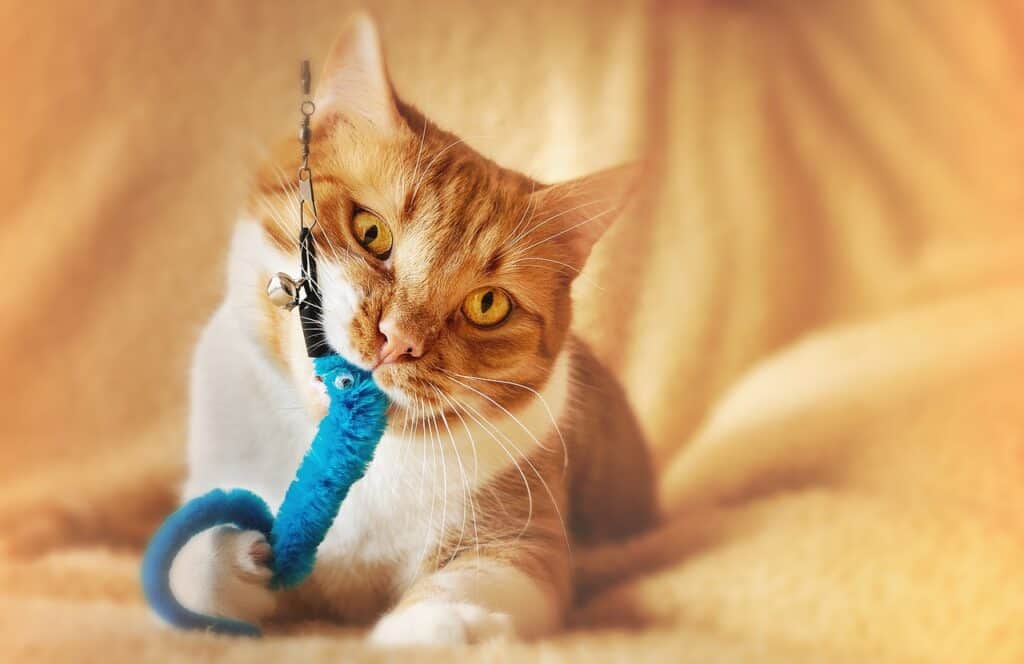
Pets thrive on routine, and travel can disrupt their sense of stability. Stick to familiar feeding schedules and walk times as best you can. Bring along their usual food to avoid stomach issues, since sudden diet changes often cause discomfort. Consistency helps them relax and keeps their behavior predictable. Even small rituals like morning walks or bedtime treats provide comfort and make a strange environment feel safe and familiar.
6. Plan Pet-Friendly Stops
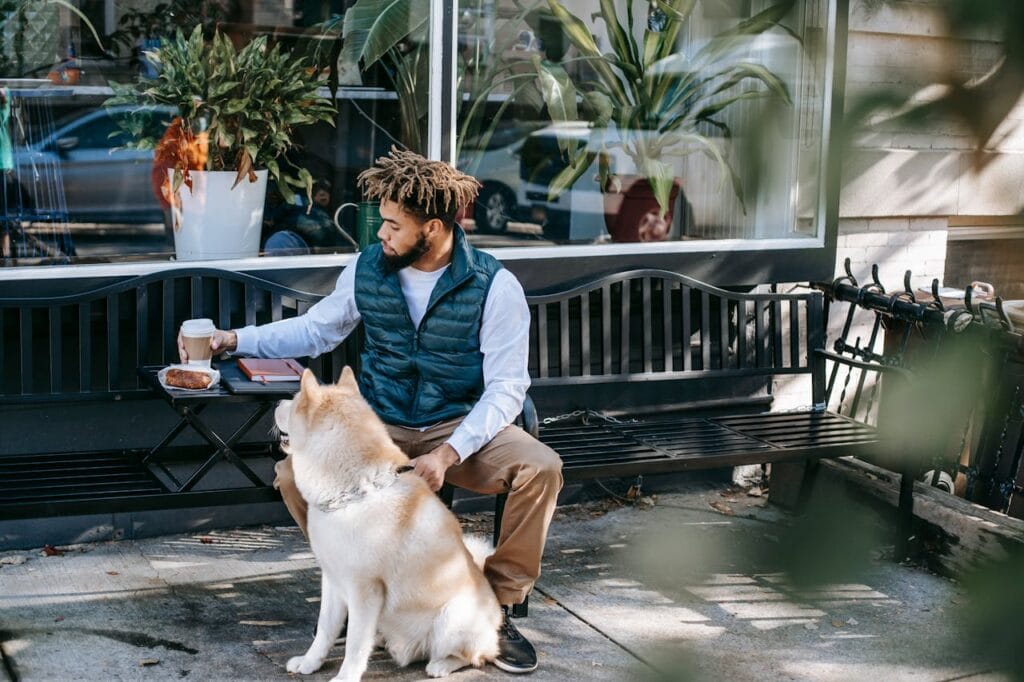
If you’re on the road, research pet-friendly rest areas, parks, or hotels along your route. Long stretches without breaks can make pets restless and uncomfortable. Scheduled stops give them time to stretch, relieve themselves, and burn off energy. Apps and websites can help you find safe, pet-friendly places before you leave. Planning ahead keeps both you and your pet more comfortable and makes the journey feel less overwhelming.
7. Practice Short Trips Before the Big One
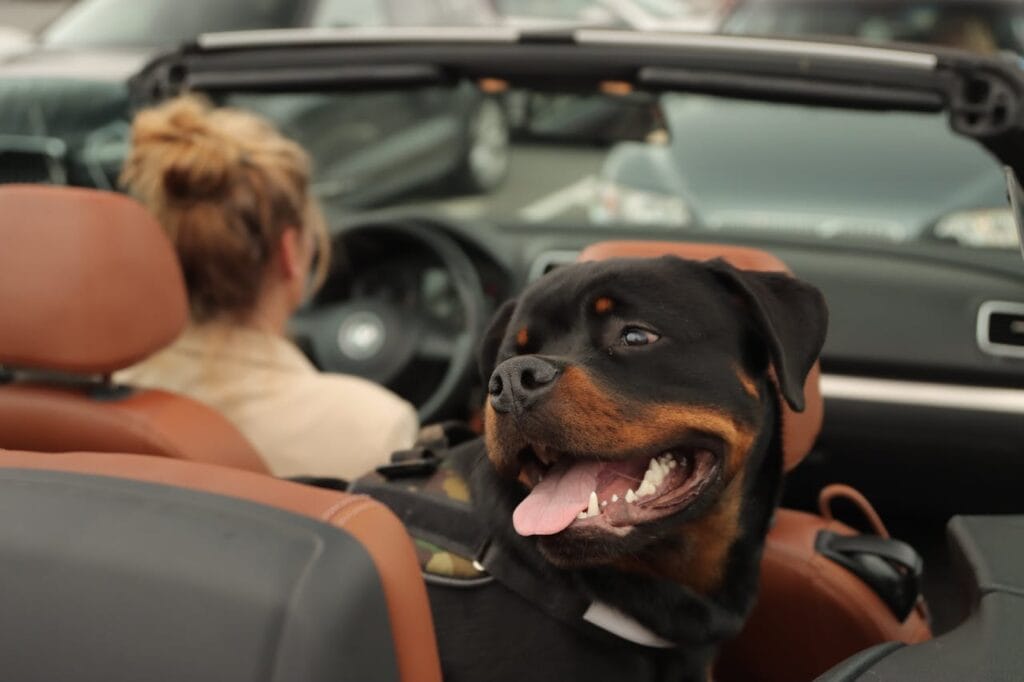
If your pet hasn’t traveled much, start with short car rides or trial stays in their carrier. Gradual exposure builds comfort and reduces anxiety when the real trip comes around. Watch how they react—do they get carsick, bark excessively, or refuse to settle? These small tests give you the chance to address issues in advance. By the time you take the longer journey, your pet will be far more confident and calm.
8. Invest in Safety Gear
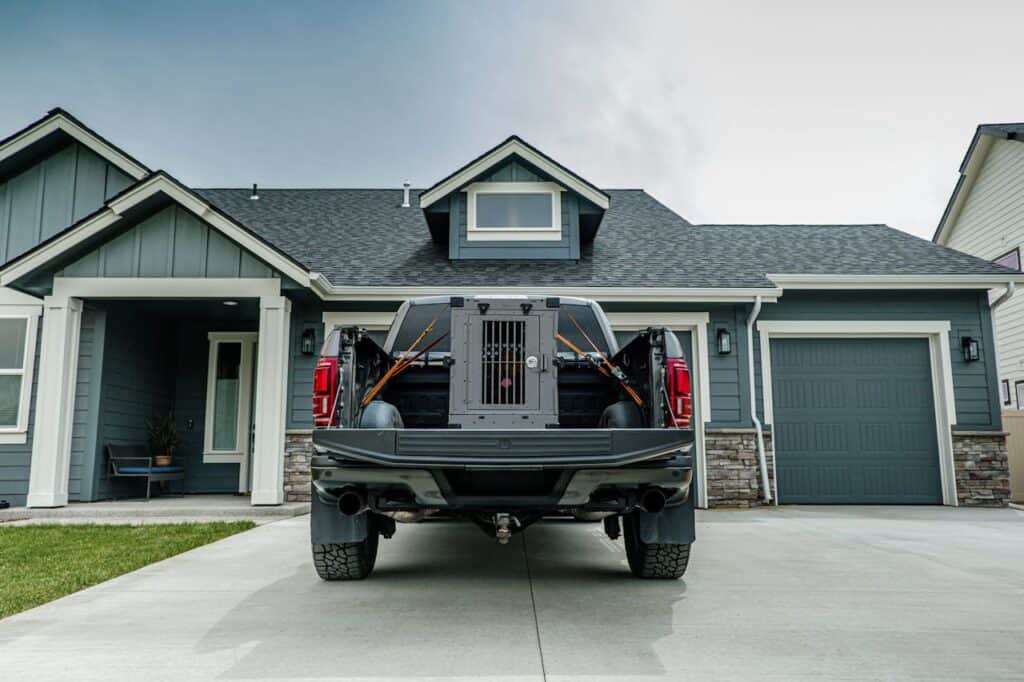
Safety should always come first. Use a crash-tested harness, carrier, or barrier to keep your pet secure while driving. Free-roaming pets in the car can cause dangerous distractions and injuries during sudden stops. For flights, approved crates with sturdy locks are essential. Don’t cut corners here proper safety gear protects your pet and everyone else in the vehicle. The peace of mind alone is worth the investment.
9. Bring Comfort Items From Home
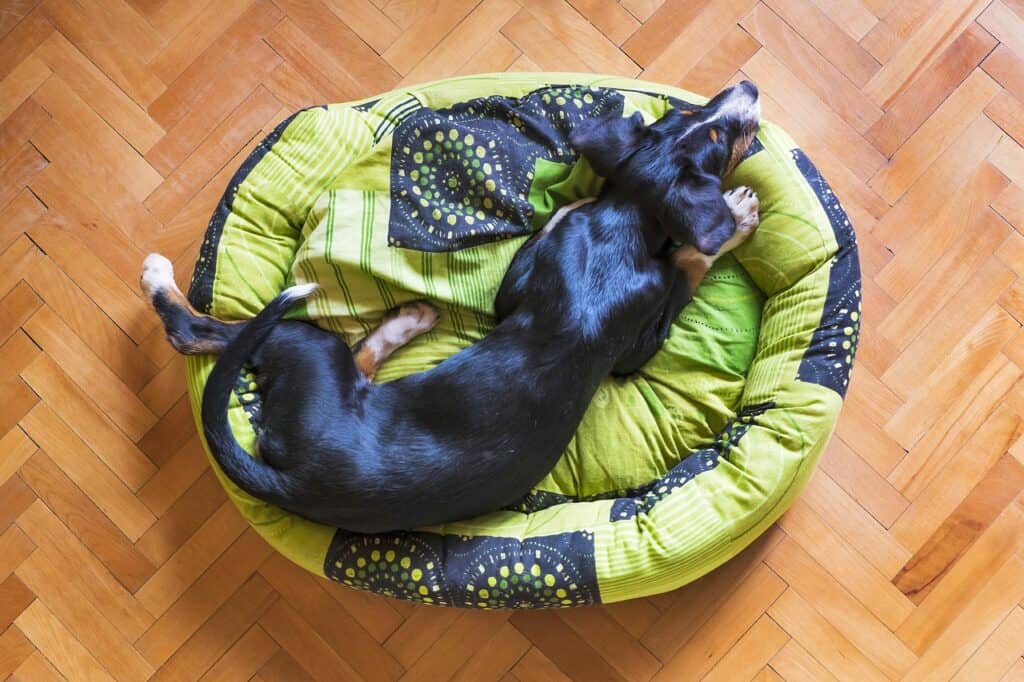
A familiar scent goes a long way toward calming a nervous pet. Bring along a favorite toy, blanket, or bed so they feel grounded in an unfamiliar environment. These items provide reassurance during stressful moments, whether in a hotel room or inside a carrier. The more your pet can connect to the smells and textures of home, the easier it will be for them to adapt. Comfort matters just as much as logistics when traveling.
10. Keep Hydration a Priority
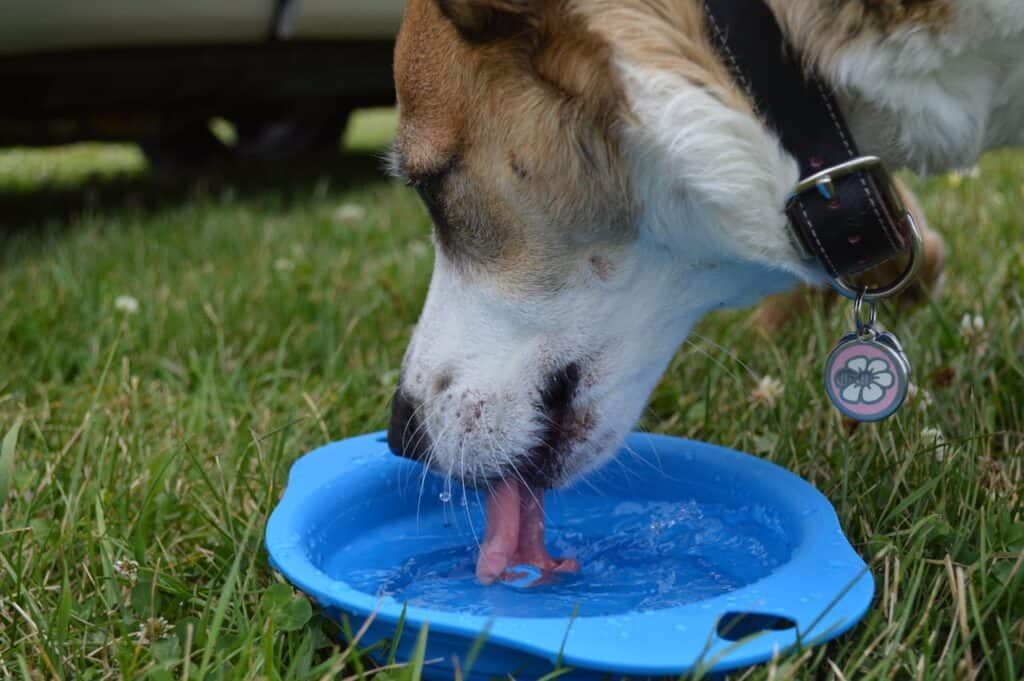
Traveling is dehydrating, and pets are no exception. Always carry fresh water and offer it frequently, especially during warm weather. Collapsible bowls or pet water bottles are practical for quick stops. Watch for signs of dehydration like excessive panting, lethargy, or dry gums. Hydration keeps your pet comfortable and prevents serious health issues. A well-timed water break can make a huge difference in how smoothly the trip goes.
11. Feed Light Before Long Journeys
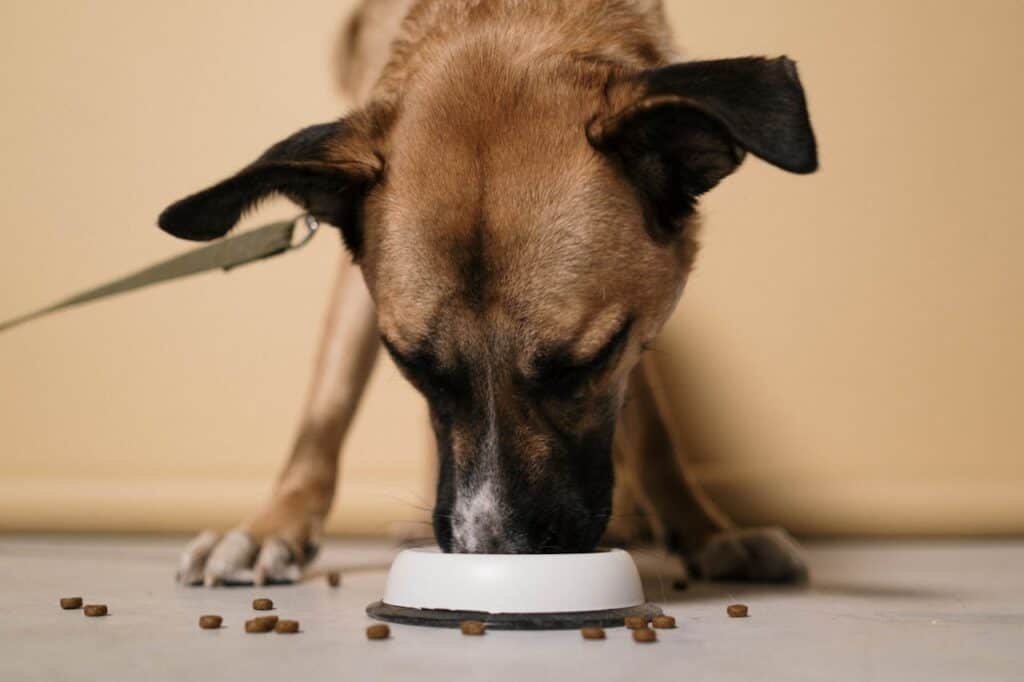
Big meals before travel often lead to nausea or accidents, especially in cars or planes. Give your pet a lighter meal a few hours before departure. Once you’re on the road or in the air, stick to small snacks instead of heavy portions. This approach reduces stomach upset and makes cleanup easier if motion sickness strikes. With lighter feeding, your pet stays more comfortable and less likely to associate travel with discomfort.
12. Research Airline or Hotel Policies

Every airline and hotel has different pet rules, and missing the fine print can cost you. Some limit the size of carriers, charge extra fees, or require advance booking for pets. Others may not allow pets at all. Research policies before you finalize tickets or reservations. Call ahead if you’re unsure about specifics. Knowing the rules prevents last-minute surprises and ensures your pet has a spot reserved alongside you.
13. Use Calming Tools When Needed

If your pet struggles with anxiety, calming tools can help. Options include pheromone sprays, calming collars, or vet-prescribed medications. Soft music or white noise machines may also reduce stress. Always test these methods at home before relying on them during travel. Some pets respond quickly, while others need different approaches. A calm pet travels better, and having the right tools gives you one more layer of reassurance.
14. Always Have a Backup Plan
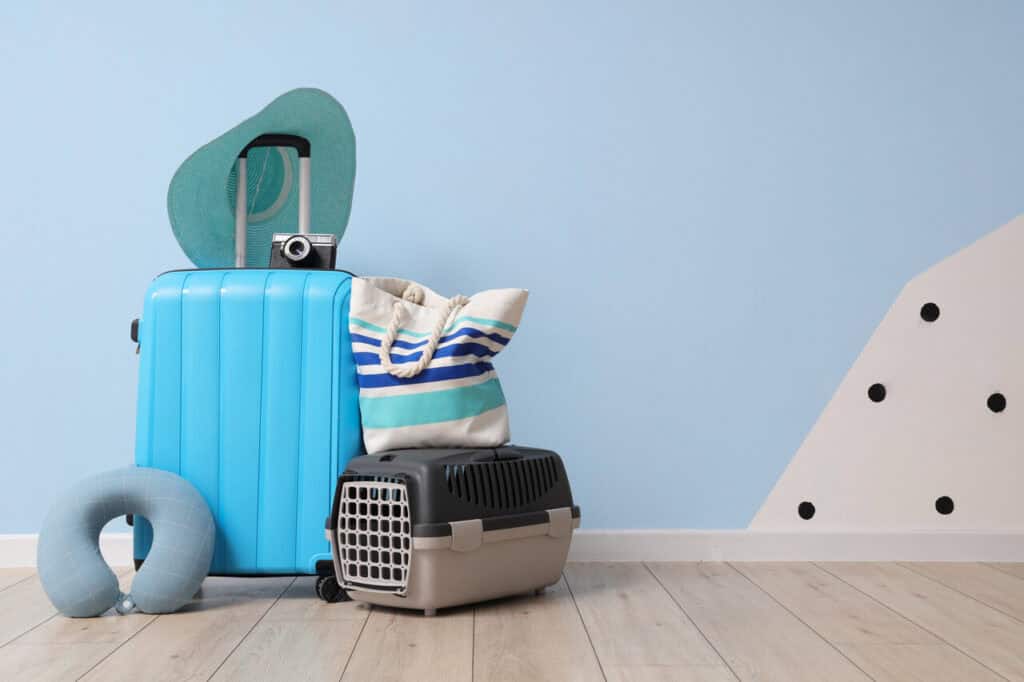
Even the best planning cannot prevent every obstacle. Flights get delayed, hotels cancel, or a pet may become ill. Having a backup plan, like knowing the location of nearby vets, pet-friendly accommodations, or alternative transport options, keeps small problems from turning into emergencies. Preparation helps you stay calm, which in turn reassures your pet. Flexibility ensures you can adjust and keep the trip safe and enjoyable.